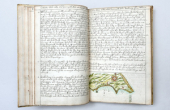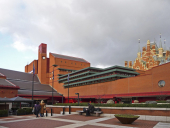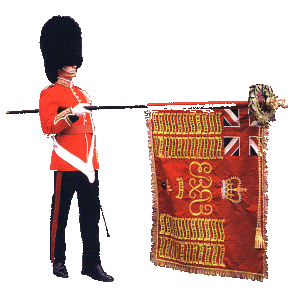
In Bodø, high above the Arctic Circle, U.K. military planners joined Nordic and Baltic counterparts for a tabletop exercise simulating a surge in Russian hybrid activity — from undersea cable
attacks to airspace incursions and staged unrest in a neighboring state. The scenario, set a year after an imagined Ukraine ceasefire, tests how fast the 10-nation Joint Expeditionary Force (JEF) can react while NATO’s far larger structure deliberates.
The High North has become increasingly exposed. Melting Arctic ice is opening new sea routes and intensifying competition for resources, drawing in China and the U.S. even as Russia expands its military footprint. British Defence Secretary John Healey argues that regional allies — accustomed to living beside Russian forces — are best placed to assess and respond to emerging threats.
Yet questions remain about whether JEF is operating at full strength. Analysts warn that Europe lacks the ships, aircraft and icebreaking capabilities needed to counter Russia’s dominance in the Arctic. Others say the force still lacks a clear mission and the authority to act swiftly in a crisis. With Washington shifting its focus elsewhere, northern governments privately acknowledge they must take on more responsibility — and invest more heavily — if they want to deter Moscow in the long term.
London insists it is committed and ready. But as Arctic competition heats up, Europe is still struggling to work out how to win the game. Photo by Nelson Minar from San Francisco, USA, Wikimedia commons.








































